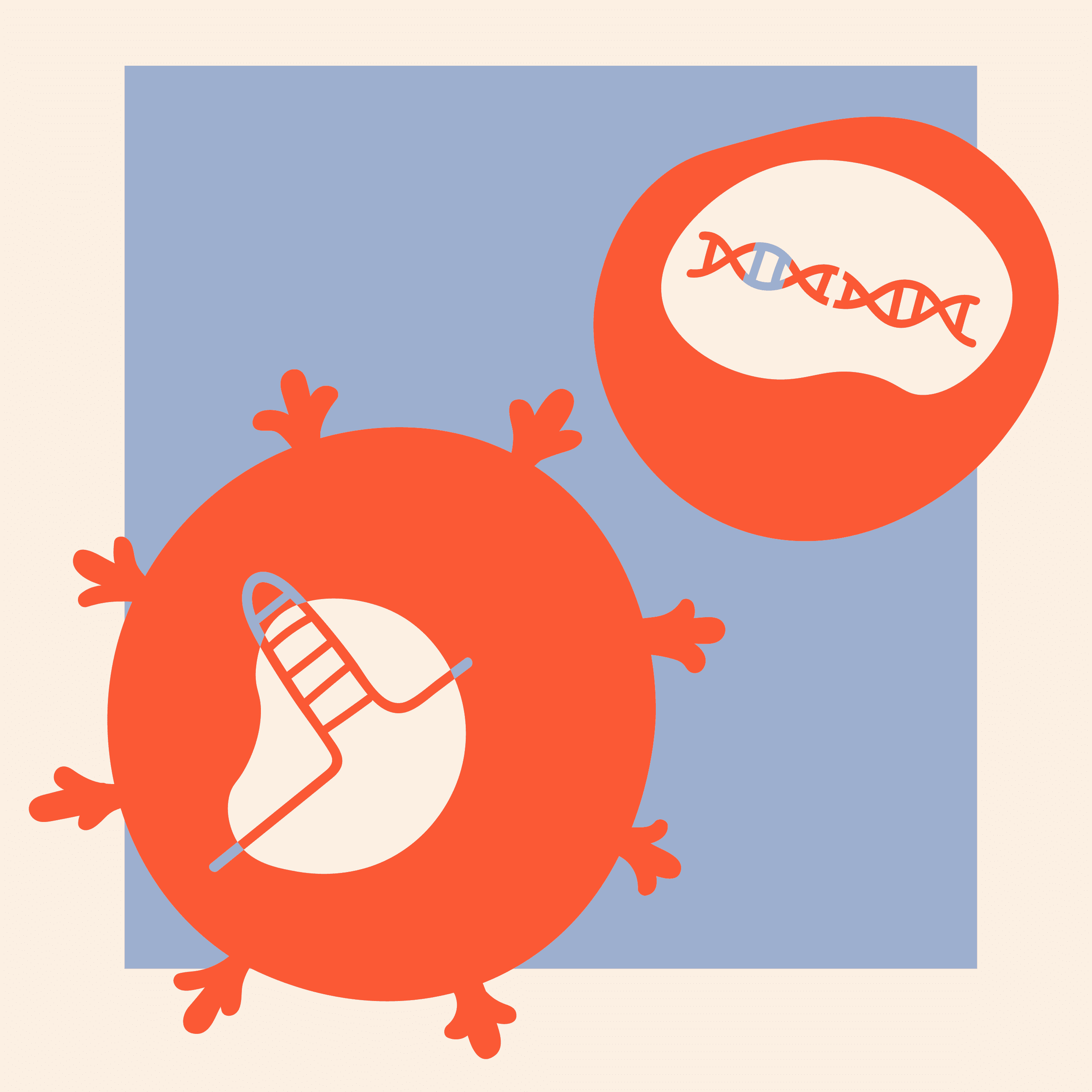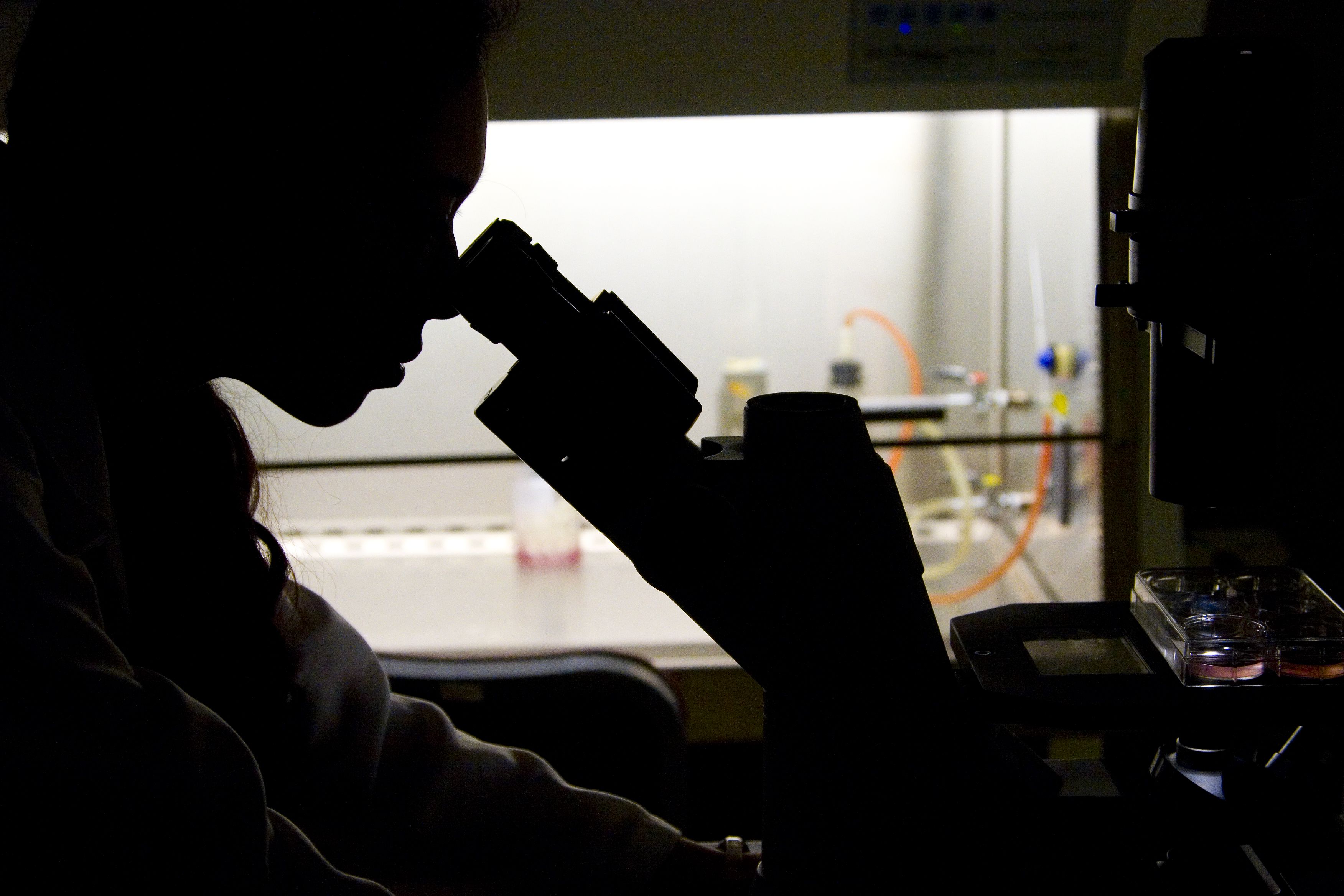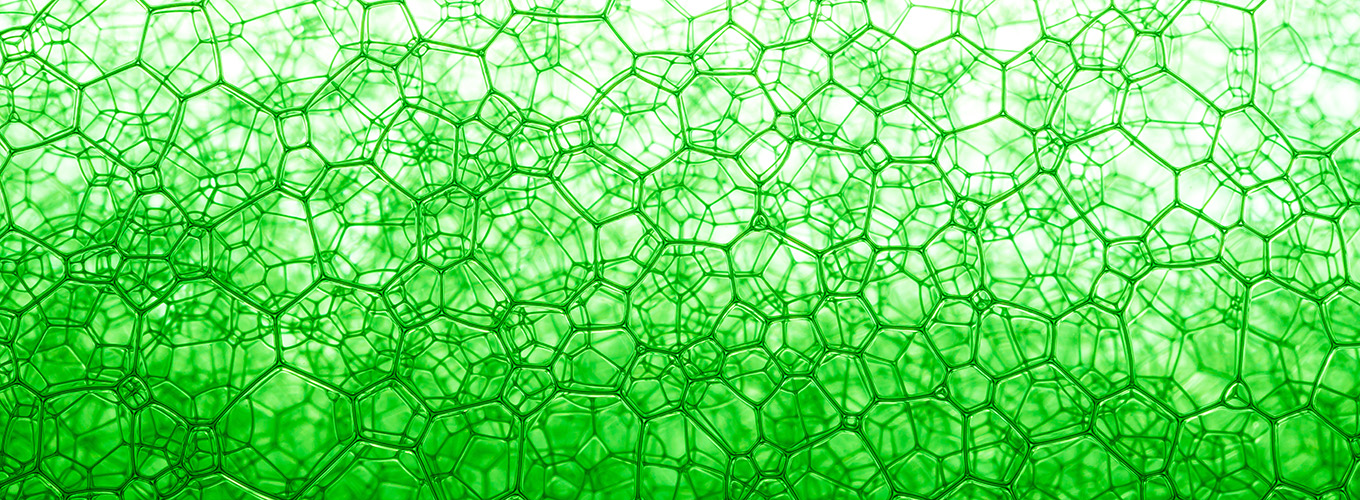

This post is the first in a new, ongoing series: what are big challenges for CRISPR-based technologies, what progress have we made so far, and what might we look forward to in the near future? I’ll keep posting in this series on an irregular basis, so stay tuned for your favorite topic. These posts aren’t meant to belittle any of the amazing advances made so far in these various sub-fields, but to look ahead to all the good things on the horizon. I’m certain these issues are front and center in the minds of people working in these fields, and this series of posts is aimed to bring casual readers up to speed with what’s going to be hot.
First up is CRISPR imaging, in which Cas proteins are used to visualize some cellular component in either fixed or live cells. This is a hugely exciting area. 3C/4C/Hi-C/XYZ-C technologies give great insight into the proximity of two loci averaged over large numbers of cells at a given time point. But what happens in each individual cell? Or in real time? We already know that location matters, but we’re just scratching the surface on what, when, how, or why.
CRISPR imaging got started when Stanley Qi and Bo Huang fused GFP to catalytically inactivated dCas9 to look at telomeres in living cells. Since then, we’ve seen similar approaches (fluorescent proteins or dyes brought to a region through Cas9) and a lot of creativity used to multiplex up to three colors. There’s a lot more out there, but I want to focus on the future…
What’s the major challenge for live cell CRISPR imaging in the near future?
Sensitivity
Most CRISPR imaging techniques have trouble with signal to noise. It is so far not possible to see a fluorescent Cas9 binding a single copy locus when there are so many Cas9 molecules floating around the nucleus. So far imaging has side-stepped signal to noise by either targeting repeat sequences (putting multiple fluorescent Cas9s in one spot) or recruiting multiple fluorophores to one Cas9. Even then, most CRISPR imaging systems rely on leaky expression from uninduced inducible promoters to keep Cas9 copy number on par with even repetitive loci. Single molecule imaging of Halo-Cas9 has been done in live cells, but again only at repeats. Even fixed cell imaging has trouble with non-repetitive loci. Sensitivity is also a problem for RCas9 imaging – this innovation allowed researchers to use Cas9 directed to specific RNAs to follow transcripts in living cells. But it was mostly explored with highly expressed (e.g. GAPDH) or highly concentrated (e.g. stress granule) RNAs. How can we track a single copy locus, or ideally multiple loci simultaneously, to see how nuclear organization changes over time?
Someone’s going to crack the sensitivity problem, allowing people to watch genomic loci in living cells in real time. Will we learn how intergenic variants alter nuclear organization to induce disease? Will we see noncoding RNAs interacting with target mRNAs during development? With applications this big, I know many people are working on the problem and I’m sure there will be some big developments soon.



